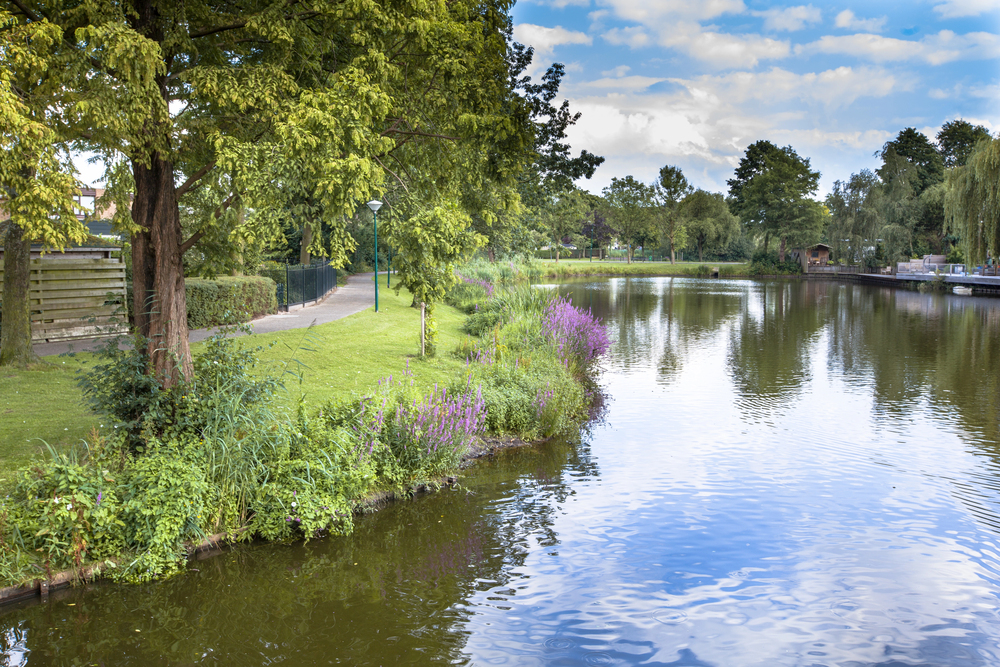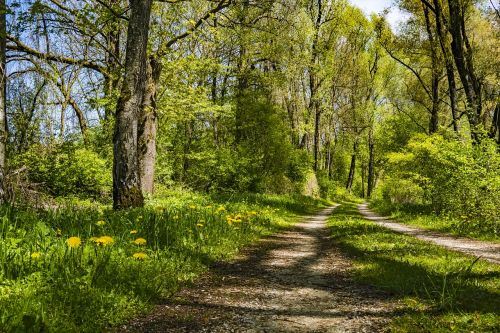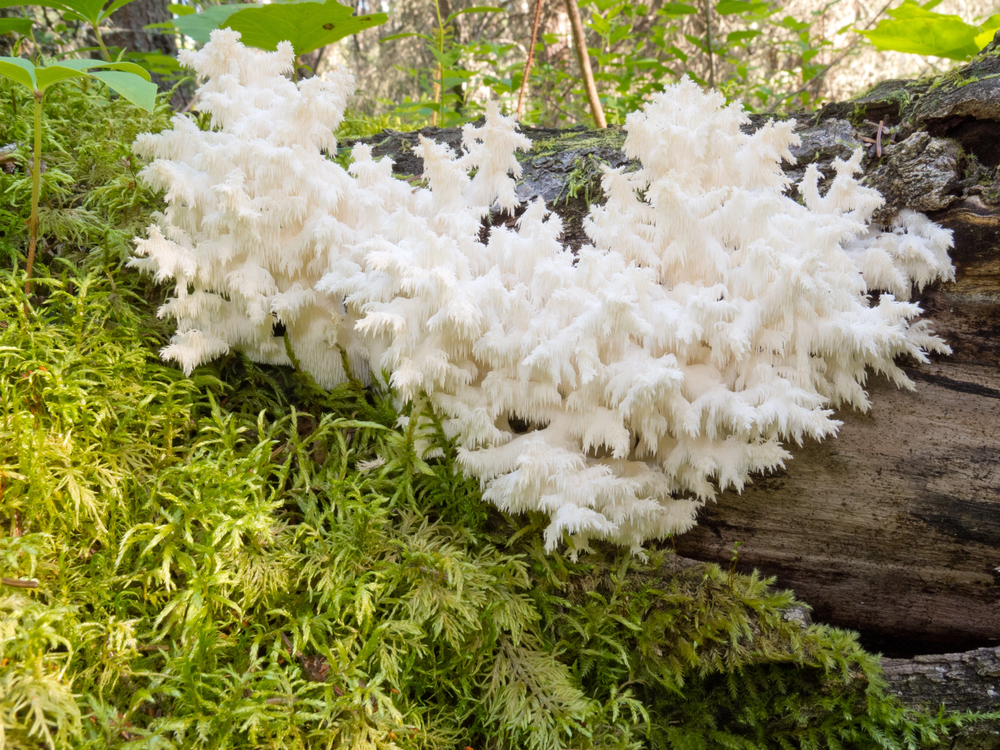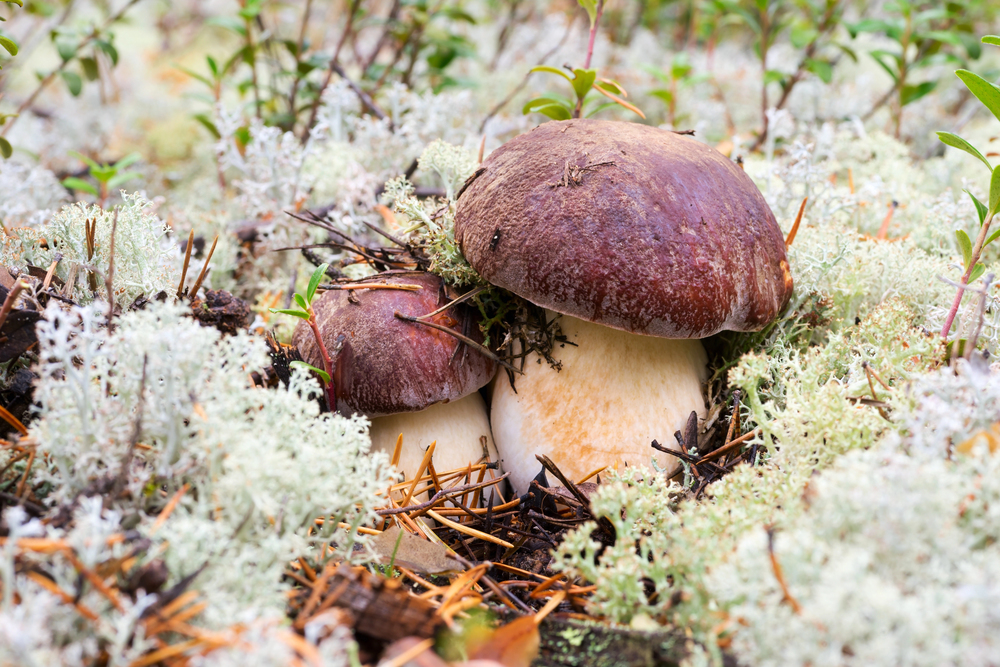Urban mushroom foraging represents a fascinating intersection of wilderness skills and city living, offering both rewards and challenges for those interested in harvesting wild fungi from metropolitan green spaces. While the practice has gained popularity among sustainability enthusiasts and culinary adventurers, it requires careful consideration of safety protocols, local regulations, and proper identification techniques. The urban environment presents unique opportunities to uncover edible mushrooms growing in parks, along trails, and even in neighborhood gardens, but success demands a thorough understanding of both fungal ecology and city-specific considerations. What follows is a crucial guide for aspiring urban foragers who wish to investigate this engaging pursuit safely and responsibly.
Key Takeaways
- Urban foraging involves gathering edible mushrooms from public spaces like parks and walkways, offering sustainable local food options.
- Essential tools include a quality knife, mesh basket, hand lens, and field guides for proper mushroom identification.
- Avoid foraging near busy roads, industrial zones, and pesticide-treated areas to ensure safety and minimize contamination risks.
- Learn to identify common edible mushrooms while being vigilant of dangerous look-alikes like Death Cap mushrooms.
- Follow sustainable practices by harvesting only 10% of mushrooms, rotating collection sites, and joining mycological societies for education.
Getting Started With Urban Foraging
In the heart of urban environments, foraging for wild edibles offers an exciting way to connect with nature and uncover local food sources. The practice of urban foraging involves gathering naturally growing plants and mushrooms from public spaces, which can provide sustainable food options for those seeking self-sufficiency.
To begin your foraging journey, start by identifying accessible public locations such as parks, walkways, and riverbanks where wild edibles commonly grow. Use mapping tools like FallingFruit.org to locate promising foraging spots in your neighborhood, while being mindful of local regulations and land ownership.
Essential preparation includes learning proper plant identification through field guides, mobile apps, or local foraging classes. Focus initially on easily recognizable species, and always verify Latin names to avoid confusion with potentially harmful lookalikes.
Safety considerations must guide your foraging practices. Avoid harvesting near areas with potential chemical exposure, such as factory grounds or heavily trafficked roads. When collecting, use appropriate tools like pruning shears, and practice sustainable harvesting by taking only what you need while leaving enough for ecosystem balance and other foragers.
Essential Tools and Equipment
Successful urban mushroom foraging requires a well-organized collection of specific tools and equipment. A quality knife and breathable mesh basket form the foundation of any foraging kit, allowing for proper harvesting and transportation while promoting sustainability through spore dispersal. Early morning expeditions yield the best results during peak harvest times.
Basic identification tools are fundamental for safe and effective foraging in urban environments. A hand lens or magnifying glass facilitates detailed examination of mushroom features, while a thorough field guide provides vital reference material for proper species identification. These tools, combined with a PSILO-QTEST kit, help guarantee accurate mushroom assessment and safe collection practices.
Cleaning and preservation equipment plays a significant role in maintaining the quality of found specimens. A soft-bristled brush or toothbrush helps remove debris without damaging delicate mushroom surfaces, while a cooler backpack can preserve sensitive species during longer foraging sessions.
Safety and legal compliance items should not be overlooked when foraging in urban areas. Necessary permits, water bottles, and protective gear such as hats become particularly important during summer months. Documentation tools, including cameras, help track findings and build a personal reference library of local species.
Finding Safe Foraging Spots
Finding safe urban foraging spots requires careful consideration of environmental hazards and legal restrictions. When selecting locations for mushroom foraging, avoiding areas with potential contamination from pollutants and chemicals is vital for safety.
Urban foragers must stay clear of busy roads, industrial zones, and locations with known pesticide use. Following proper cooking safety guidelines will help eliminate harmful parasites that could be present in urban-harvested mushrooms. Graveyards and city tree bases present particular risks because of concentrated pollutants and heavy metals that mushrooms readily absorb from the soil.
| Location Type | Safety Assessment |
|---|---|
| Public Parks | Check local regulations; typically safe if permitted |
| Busy Roads | Avoid because of vehicle pollution |
| Industrial Areas | High risk; avoid completely |
| Residential Areas | Verify permission and pesticide history |
| Graveyards | Avoid because of chemical contamination |
Before harvesting, research local regulations and obtain necessary permits for public land foraging. Many urban areas have specific restrictions on harvesting activities, making it vital to verify the legality of foraging in new locations.
Connect with local mycological associations and use digital resources like iNaturalist to identify safe foraging spots. These communities often share valuable information about seasonal growth patterns and uncontaminated areas within urban environments.

Identifying Common Urban Mushrooms
Accurate identification of urban mushrooms demands a systematic approach combining visual observation, scientific methods, and expert knowledge. Key identification techniques include creating spore prints, examining growth habits, and analyzing distinctive features of the cap and stem.
Common edible urban mushrooms include oyster mushrooms, which grow on various substrates including coffee grounds, and shiitake mushrooms, which thrive on hardwood logs. Fairy ring mushrooms appear in expanding circles on lawns, while honey mushrooms cluster at tree bases, requiring thorough cooking before consumption. The two-basket method is essential for separating known edible specimens from uncertain finds during collection.
Several inedible species frequently appear in urban environments, such as the small brown mower’s mushrooms and the distinctive shaggy ink cap, which dissolves into black liquid. While some puffballs are edible when young, others should be avoided entirely.
Essential identification steps include using detailed identification keys, noting specific environmental characteristics, and documenting collection dates and locations. Foragers must exercise particular caution with lookalike species, as some poisonous mushrooms closely resemble edible varieties. When in doubt, consulting mycological experts provides an additional layer of safety and verification.
Legal and Ethical Guidelines
Before collecting urban mushrooms, foragers must obtain proper permits and thoroughly review local regulations that govern harvesting on public lands. Permits typically allow up to 5 gallons per day for personal use, with specific requirements such as cutting mushrooms lengthwise and avoiding restricted areas like timber sales or archaeological sites. Experienced foragers recommend bringing paper bags and baskets for safe collection and transport of mushrooms. To guarantee sustainable practices, foragers should rotate collection sites, harvest no more than 10% of available mushrooms in an area, and maintain detailed records of their activities in accordance with local guidelines and conservation principles.
Permits And Local Laws
When exploring urban areas for wild mushrooms, understanding and following local regulations is crucial for legal and responsible foraging. Most city and county parks in the Twin Cities Metro area require special permits for mushroom collection, with specific restrictions in places like Anoka County Parks and the Three Rivers Park District. Fort Snelling State Park allows edible fruit and mushrooms for personal consumption only.
National Forests typically allow mushroom foraging but maintain their own permitting systems, which are usually free for personal use. Individuals aged 12 and older must obtain permits when collecting on public lands, though certain areas like active timber sales and wildlife habitats may be off-limits.
The regulations become more complex when foraging for commercial purposes, particularly in states with strict oversight. For example, New York requires certification from approved mushroom identification experts for those planning to sell their findings, along with proper documentation and labeling procedures.
Local ordinances can vary significantly between jurisdictions, making it crucial to research specific requirements before gathering. Foragers must always secure landowner permission on private property and obtain necessary permits for public lands to guarantee compliance with local laws.
Conservation Best Practices
Beyond understanding local regulations, responsible mushroom foraging requires adherence to conservation best practices that protect both the fungi and their ecosystems. Sustainable harvesting techniques form the foundation of responsible foraging, including cutting mushrooms at their base with a sharp knife rather than pulling them, which preserves the underlying mycelium network. Proper tools and equipment are essential for minimizing habitat damage during collection activities.
Foragers should strictly limit their harvest to no more than 10% of mushrooms in any given area, rotating collection sites to prevent depletion of local populations. This practice guarantees sufficient specimens remain for wildlife, ecosystem functions, and future harvests while maintaining genetic diversity within mushroom communities.
Minimizing environmental impact requires foragers to stay on established paths, use breathable collection baskets that allow spore dispersal, and avoid disturbing the forest floor. Special attention must be given to identifying and protecting rare or endangered species, which should be photographed and reported to mycological organizations rather than collected.
Responsible foragers as well engage in community education through mycological societies and organized forays, sharing knowledge about sustainable practices while contributing to scientific understanding of urban mushroom populations.
Best Safety Practices
When foraging for urban mushrooms, vital safety equipment includes a mesh collection bag, sturdy gloves, a reliable field guide, and a camera for documenting specimens. Proper identification tools are critical for distinguishing edible mushrooms from dangerous look-alikes, such as the death cap mushroom (Amanita phalloides) which resembles several edible species. Understanding and practicing respectful land access is essential when foraging in urban areas, especially on private property or in public parks. Carrying a GPS device for location tracking and multiple reference materials, including both digital and printed guides, helps guarantee accurate identification and provides a safety record of foraging locations.
Essential Safety Equipment Needed
Successful urban mushroom foraging requires three key categories of safety equipment: protective gear, navigation tools, and emergency supplies. Each category serves a specific purpose in ensuring a safe and productive foraging experience while minimizing potential risks.
The protective gear category includes sturdy waterproof shoes for safe terrain navigation, thick gloves to protect against thorns and sharp objects, and weather-appropriate clothing with extra layers. Vital weather protection should include a waterproof jacket, hat, and adequate bug spray to prevent insect bites during extended outdoor sessions. A good quality hand lens or magnifier is essential for examining mushroom features up close for proper identification.
Navigation tools form the second significant category, comprising a reliable GPS device or compass, detailed topographic maps, and a fully charged phone with GPS capabilities. These tools help foragers maintain orientation and provide important location information in case of emergencies.
The emergency supplies category encompasses items for unexpected situations, including a thorough first aid kit, flashlight or headlamp, and a whistle for signaling. Additional safety items should include bear spray for wildlife protection, emergency snacks, and sufficient water to maintain hydration throughout the foraging expedition.
Identifying Dangerous Look-Alikes
Safe foraging requires more than just proper equipment – it demands a thorough understanding of dangerous look-alike mushrooms and their distinguishing characteristics. Several deadly mushrooms closely resemble edible species, making proper identification absolutely essential for survival in the field. The Death Cap mushroom, for instance, bears a striking resemblance to edible straw mushrooms and young puffballs, while the Destroying Angel can be easily confused with meadow mushrooms.
To protect yourself from potentially fatal mistakes, learn these essential identification points:
- The Death Cap (Amanita phalloides) always has a distinctive cup-like volva at its base and white gills, unlike its edible look-alikes
- Jack-o’-lantern mushrooms grow in clusters on wood and have true gills, while edible chanterelles have forked ridges and grow from soil
- False chanterelles display darker orange coloring and thin, sharp-edged gills compared to true chanterelles’ pale yellow color and blunt ridges
When foraging in urban areas, exercise particular caution with white mushrooms, as they’re frequently confused with deadly Amanita species. Always verify your identification twice, and never consume any mushroom unless you’re completely certain of its identity. The experienced forager knows to employ multiple sensory inputs when examining mushrooms, including visual, tactile, and olfactory characteristics.



